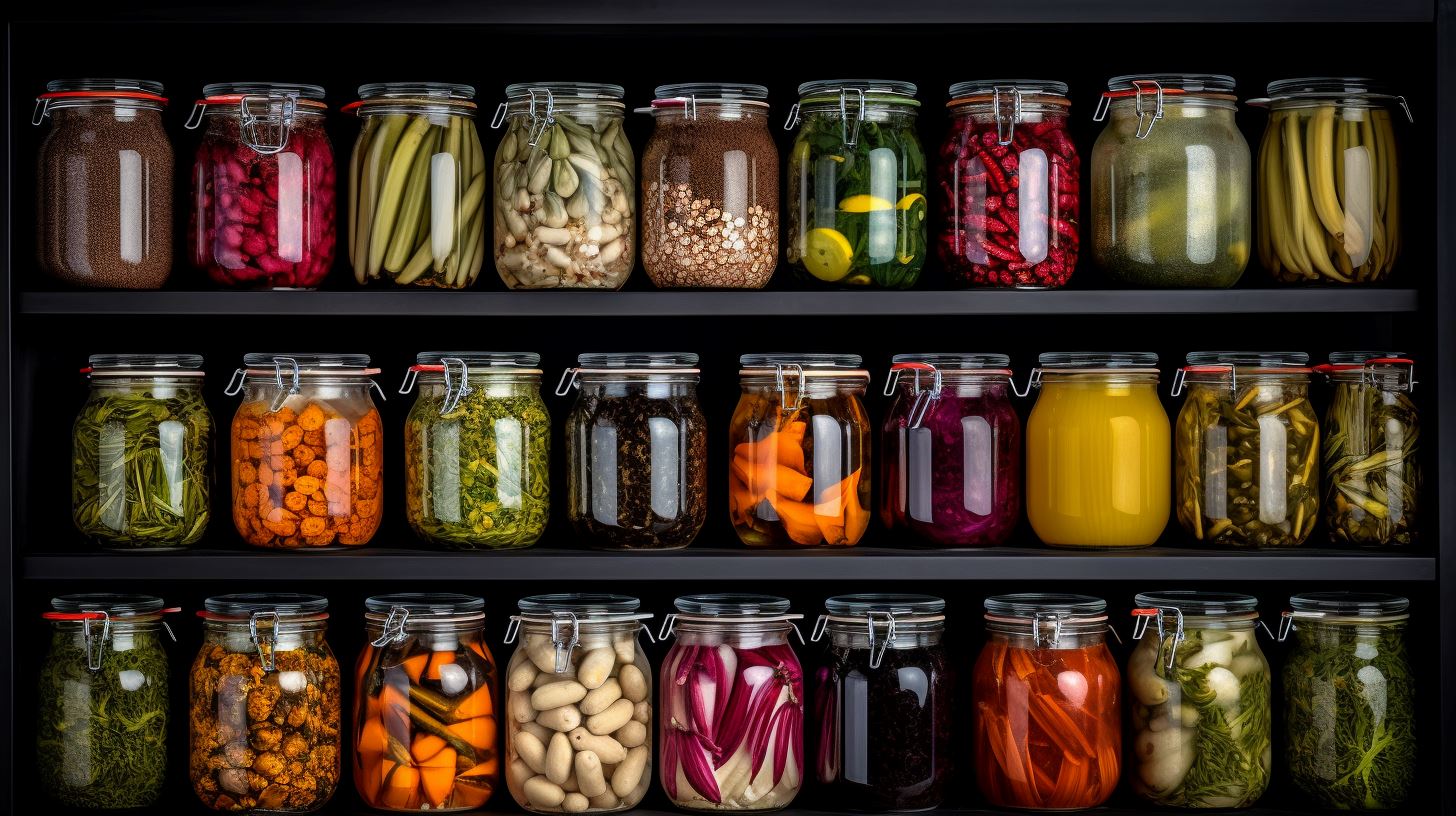
Preservation of food: preserving, pickling and fermenting for seasonal variety and sustainable enjoyment
In a world where sustainability and financial rationality are becoming increasingly important, ancient food preservation methods are proving particularly relevant. These practices have stood the test of time for generations as they not only reduce food waste, but also provide a cost-effective way to enjoy fresh produce over a longer period of time.

Preserving is not just a preservation method, but a real art. Start by choosing fresh, ripe fruits or vegetables. Wash them thoroughly and cut them into the desired shape. Be sure to use clean jars and pre-boil them to ensure they are sterile. Before you put the food in the jars, prepare a lightly sweetened syrup solution or just use water. Seal the jars tightly and place them in a large pot of water. Simmer for the specified time to ensure the food is properly preserved. After boiling down, let the jars cool slowly and check whether they are sealed airtight.

Pickling is not only a method of preservation, but also a way to add flavor to foods. The art of pickling lies in the correct selection of spices and flavors. For pickles, you could use fresh dill stalks, garlic cloves, and mustard seeds. Remember to clean and prepare the glasses well. Carefully layer the prepared ingredients into the jars and then pour the vinegar or brine over them. Try to use high quality vinegars and salts to enhance the flavor. Seal the jars tightly and leave them in a cool, dark place for a few weeks to allow the flavors to fully develop. 
Fermentation is a fascinating method of food preservation that not only improves the taste and texture of food but also provides a variety of health benefits. This ancient technique, which has been practiced for centuries in many cultures around the world, is gaining popularity again today. During fermentation, food is changed through the activity of microorganisms such as bacteria, yeast and mold. These microorganisms break down the organic substances in the food, resulting in a variety of changes including the production of acids, enzymes and gases. 
A well-known example of fermented food is sauerkraut, in which cabbage is fermented using lactic acid bacteria. The result is a crunchy, sour-tasting vegetable that's not only delicious, but also rich in probiotic bacteria that can promote gut health. Likewise, yogurt, kefir, kimchi and many other foods are produced through fermentation and are popular sources of probiotic microorganisms. 
Although fermentation requires patience and care, it is a rewarding and creative way to increase variety in the kitchen and enrich your own diet. From fermented vegetables to homemade kombucha, there are countless ways to explore the world of fermentation.
Overall, fermentation is not only a proven method of food preservation, but also a way to discover the natural taste of food and benefit from the health benefits of probiotic microorganisms. It's an ancient tradition that's finding new appreciation in modern cooking, helping us deepen our connection to our food and the environment.
In conclusion, the art of food preservation through canning, pickling and fermenting not only deserves a vital place in our modern world, but is also a timeless practice based on time-tested traditions and wisdom. The importance of sustainability and ecological thinking brings these methods back into focus. Not only do they offer a way to enjoy seasonal delicacies all year round, but they also promote a more conscious lifestyle. From reducing food waste to promoting healthy gut flora, these techniques contribute to a sustainable, healthy lifestyle. It is worth discovering these ancient practices, reinterpreting them and integrating them into our contemporary diet. Whether canning fresh fruit, pickling vegetables, or fermenting, there are countless ways to enrich the culinary journey while contributing to environmental stewardship.




Leave a comment
This site is protected by hCaptcha and the hCaptcha Privacy Policy and Terms of Service apply.